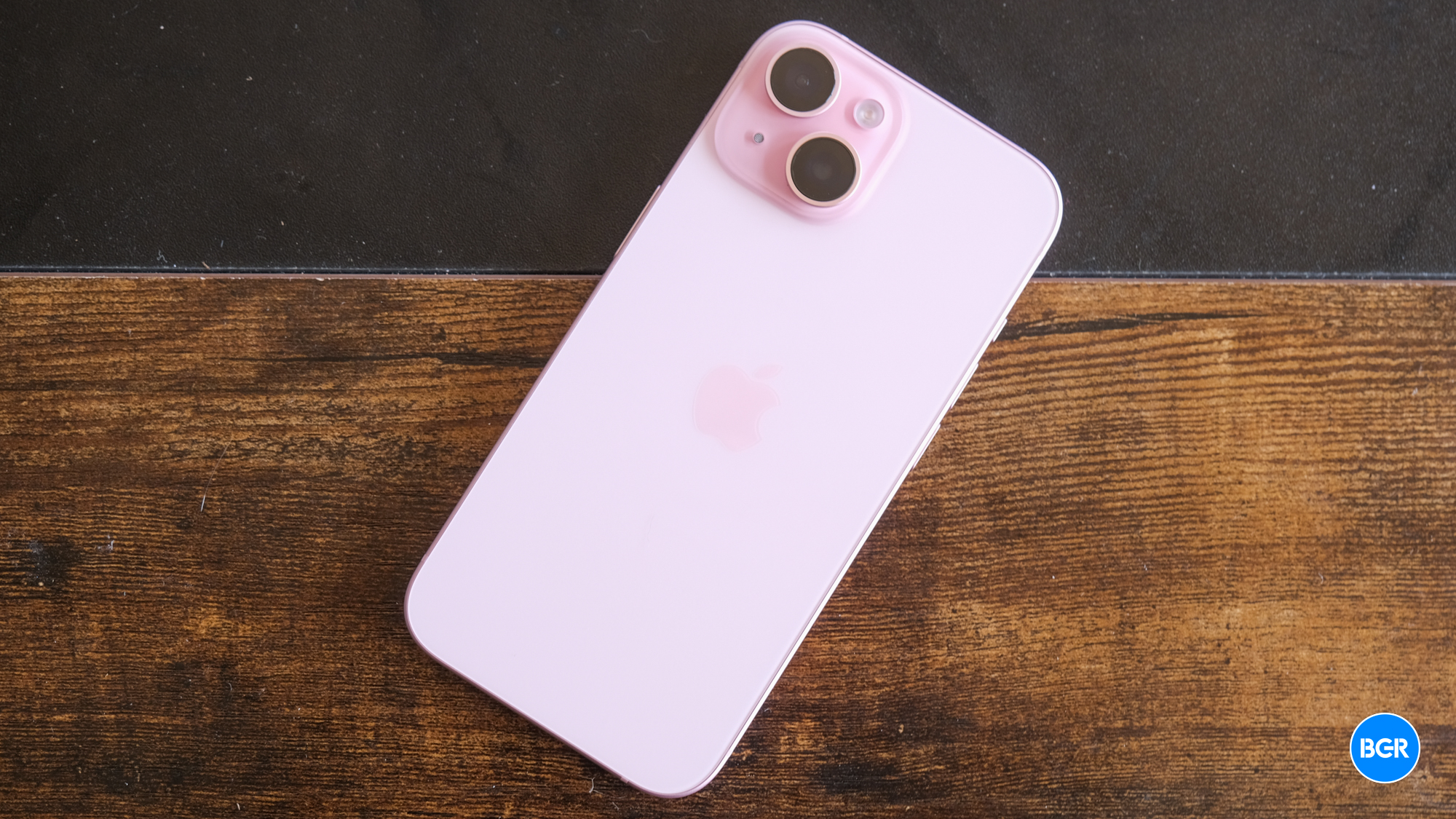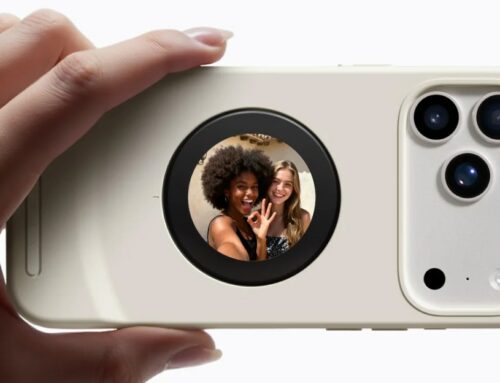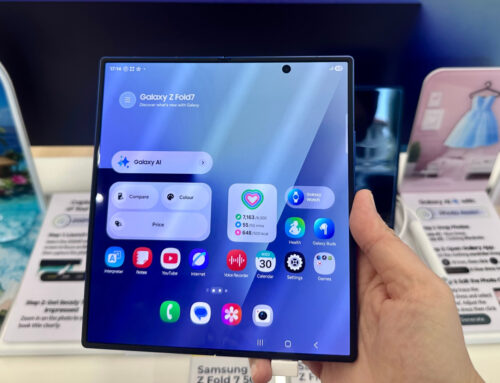iPhone 15
The iPhone 15 may not reinvent the wheel, but it does improve on the iPhone experience in a series of key ways.
Pros
- Great colors
- USB-C
- Dynamic Island
- Good camera quality
- Solid performance
The iPhone 15 Pro represents a relatively large improvement for the iPhone. It gets the all-new Action Button that replaces the old-style ringer switch, a huge processor improvement, and a new titanium body that makes it stronger and lighter. But the standard iPhone 15 and iPhone 15 Plus get…none of that. They’re stuck with an aluminum body, a ringer switch, and last year’s Pro processor.
Tech. Entertainment. Science. Your inbox.
Sign up for the most interesting tech & entertainment news out there.
By signing up, I agree to the Terms of Use and have reviewed the Privacy Notice.
But that’s not the full story. The devices may not get as many new features as the Pro, but they do get some steady improvements that make them better than ever. They certainly don’t reinvent the wheel, but they do refine the overall experience of using the iPhone in more ways than one.
If you have an iPhone 14, don’t even think about upgrading. But anything older than that, and the iPhone 15 makes a compelling case for an upgrade.
iPhone 15 specs
| Dimensions | 147.6 x 71.6 x 7.8 mm |
| IP rating | IP68 |
| Display resolution | 1176 x 2556 pixels |
| Display size | 6.1 inches |
| Display type | OLED |
| Display refresh rate | 120Hz |
| Display brightness | 2000 nits (peak) |
| Chipset | Apple A16 Bionic |
| Memory | 6GB |
| Storage | 128GB, 256GB, 512GB |
| Rear cameras | Wide: 48MP, f/1.6, sensor-shift OIS Ultrawide: 12MP, f/2.4, 120-degrees |
| Video | 4K at 60fps, 1080p at 240fps |
| Front camera | 12MP, f/1.9 |
| Ports | USB-C 2.0 |
| Battery size | 3,349mAh |
| Charging | 20W wired, 15W MagSafe, 7.5 Qi Wireless |
| Connectivity | Bluetooth 5.3, Wi-Fi 6, 5G |
| Colors | Black, Blue, Green, Yellow, Pink |
| Price | $829.99 |
iPhone 15 design
The changes to the iPhone for the 15th generation start with the design, but the design tweaks to the iPhone 15 compared to the 14 are a little more subtle than the 15 Pro compared to the 14 Pro.
For starters, the standard iPhone 15 finally gets the Dynamic Island that was previously only reserved for the iPhone 14 Pro models. The Dynamic Island, I’ve found, is actually a genuinely helpful feature — and I use it all the time for media controls, tracking timer and Uber progress, and more.
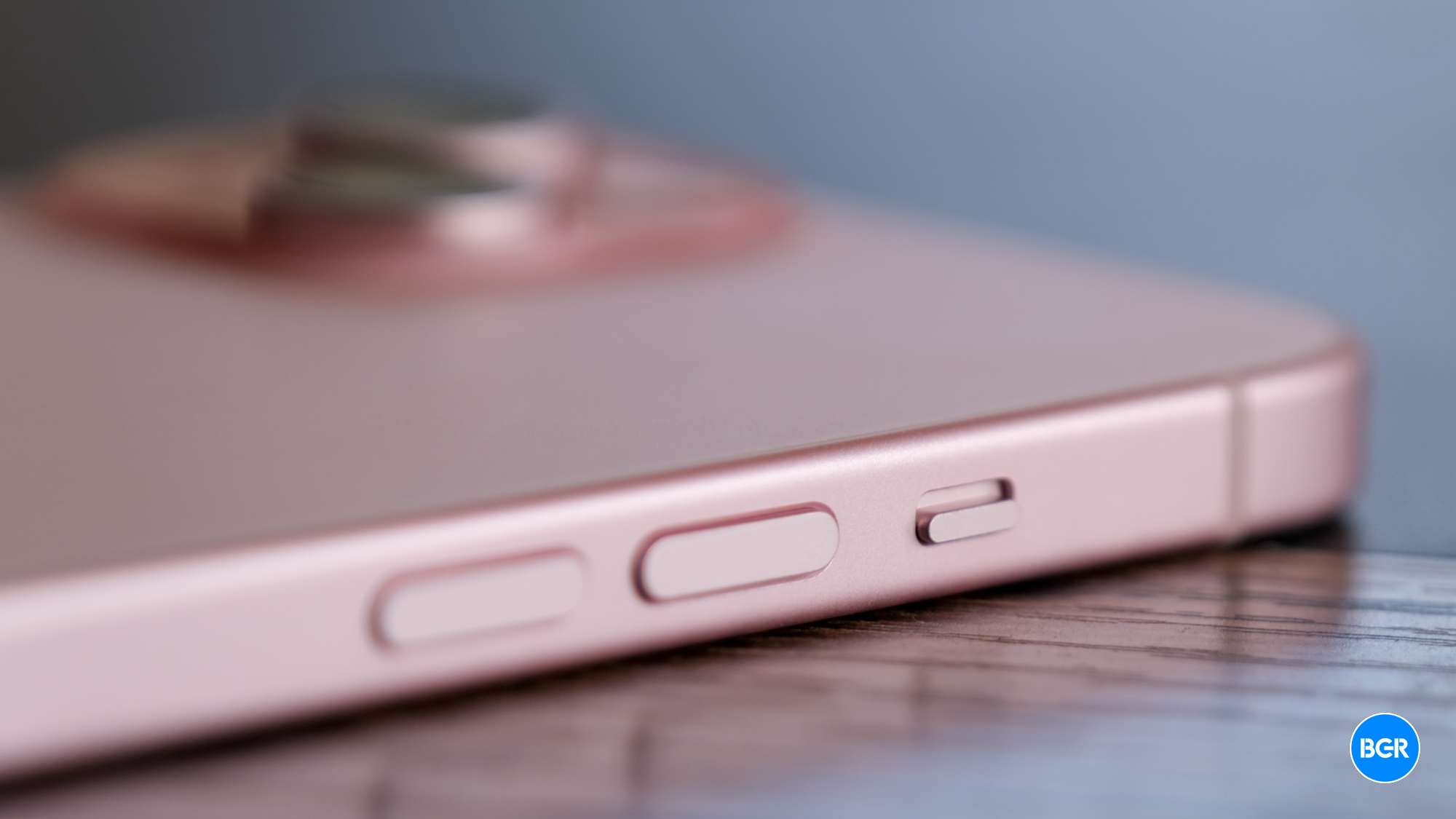 Image source: Christian de Looper for BGR
Image source: Christian de Looper for BGRPerhaps a bigger deal is the change to the bottom of the iPhone. Yes, the iPhone now finally has a USB-C port. That means that you can use the same cables that you use for your other USB-C-equipped devices to charge your iPhone. Unfortunately, you’ll still need Lightning for the AirPods Max, which, along with Mac accessories like the Magic Mouse and Magic Trackpad, are still sold with USB-C. I’m expecting that to change in the near future, though.
On the standard iPhone 15 and iPhone 15 Plus, the USB-C port is limited to 2.0 speeds. Now, I don’t think most will use the port for file transfer anyway, but if you do plan on doing so, you’ll have to deal with slow speeds unless you upgrade to the iPhone 15 Pro, which offers USB 3.0 speeds.
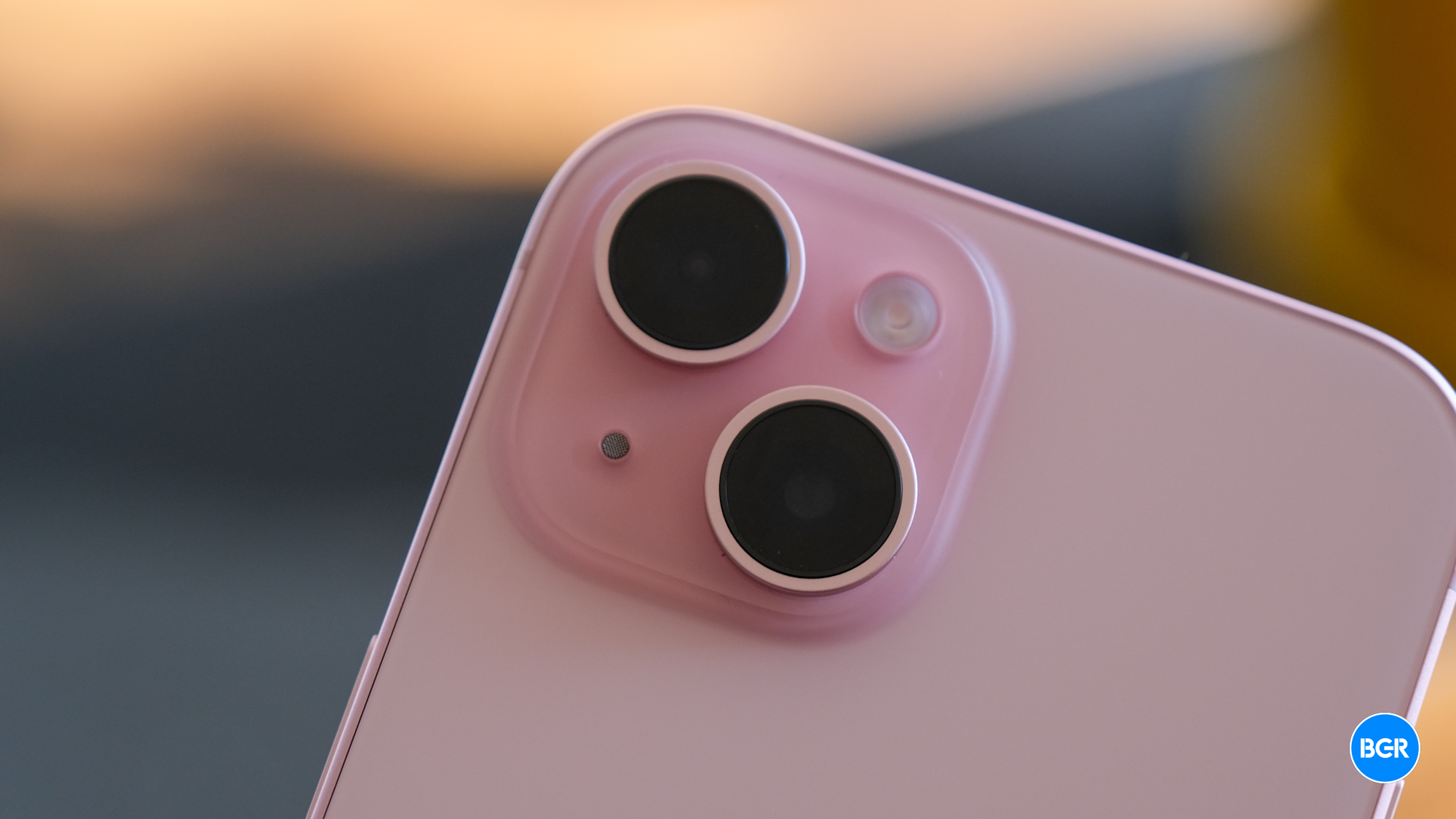 Image source: Christian de Looper for BGR
Image source: Christian de Looper for BGRThe iPhone 15 has more rounded edges along the sides. Yes, this is a very subtle change — but it actually does feel a little softer and nicer to hold, especially considering the fact that the edges did feel a little sharp in the past.
Last but not least are the colors, and the iPhone 15 is available in a range of them. You’ll be able to buy the device in black, blue, green, yellow, and pink, and they all look great. I’m reviewing the Pink model. Apple says that the back of the phone is now made with “color-infused glass,” but however it was made, the colors are nice. Notably, the iPhone doesn’t have a glossy Apple logo on the back anymore — it has one that matches the color of the device.
The iPhone 15 doesn’t radically change things in terms of design, but it does indeed look and feel great.
iPhone 15 display
The display has changed in that it now has the Dynamic Island instead of a notch, but apart from that, for the most part, it’s still the same as last year. It still has a 1176 x 2556 resolution with a 60Hz refresh rate, and it’s still an OLED screen. I do hope Apple increases the refresh rate on the iPhone to match the Pro models soon.
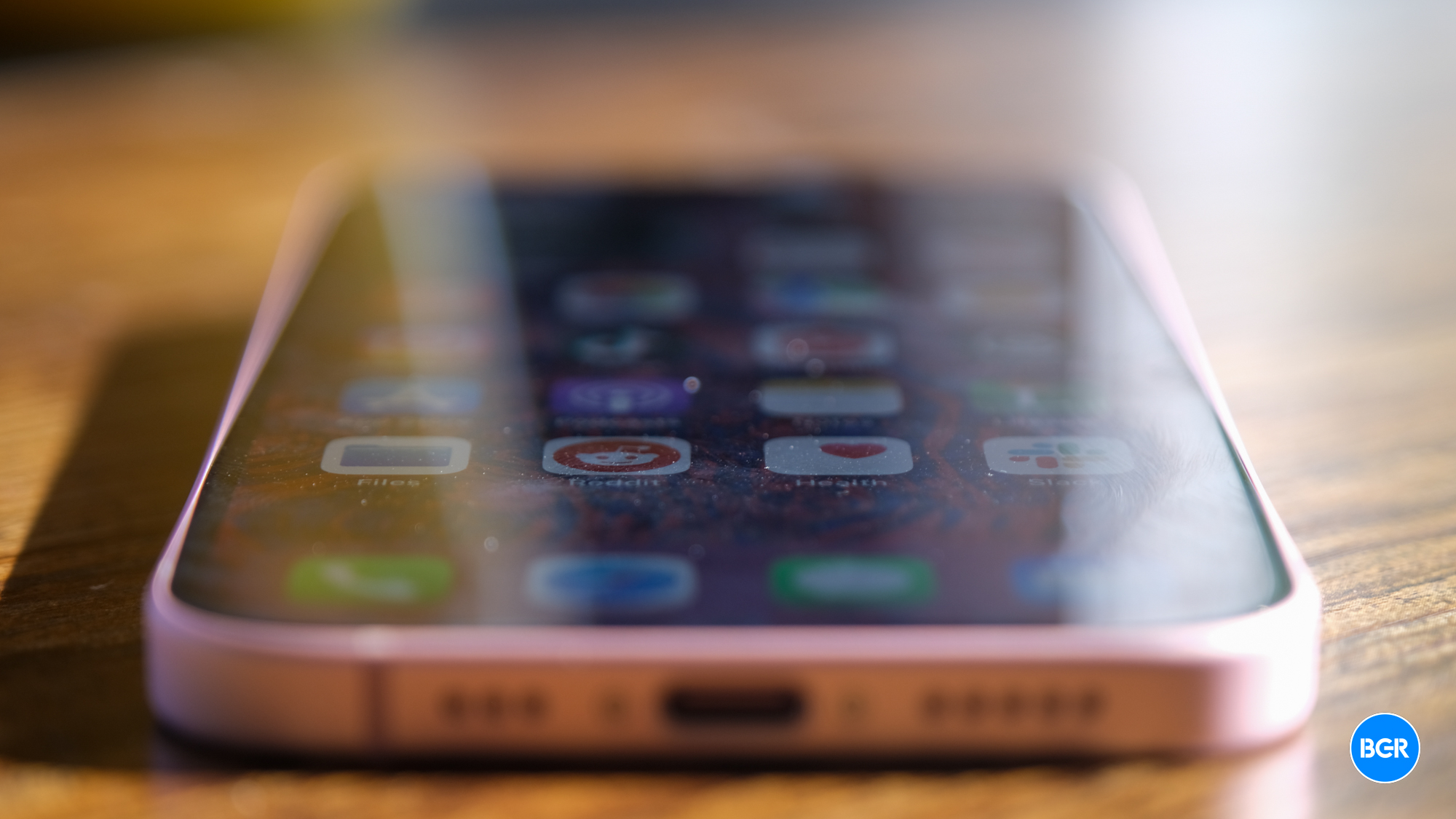 Image source: Christian de Looper for BGR
Image source: Christian de Looper for BGRWhat has changed is that the screen on the iPhone 15 is a little brighter than it was on the iPhone 14. It isn’t radically brighter, but you can tell the difference between the two when you place them side by side — and if you use the device in a bright environment or in direct sunlight, it’ll be easier to see the display.
iPhone 15 performance
The iPhone 15 Pro and Pro Max get Apple’s new A17 Pro chip that enables console-quality gaming on an iPhone — but unfortunately, that won’t come to the standard iPhone for at least another year. The iPhone 15 instead offers the Apple A16 Bionic, the flagship chip from last year, and the one used in the iPhone 14 Pro and Pro Max.
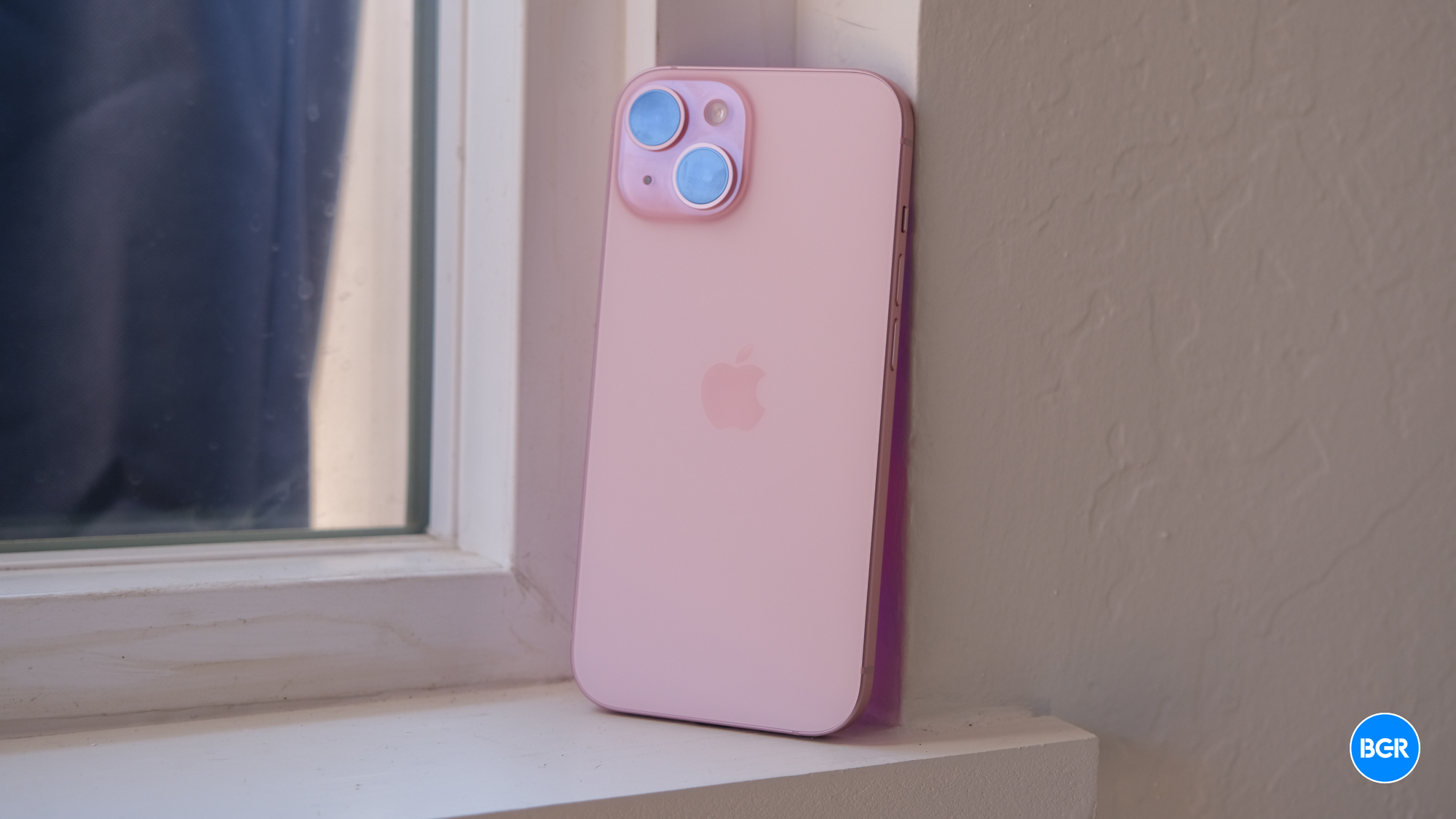 Image source: Christian de Looper for BGR
Image source: Christian de Looper for BGRThankfully, the A16 Bionic was already a great chip. In fact, it still performs better than the vast majority of other smartphone chips out there — and it’s really only second to the Apple A17 Pro chip. You’ll still find that it performs excellently in day-to-day use, is able to handle heavy multitasking, loads games quickly, and so on. Perhaps the only thing it seemingly can’t do is load the console-quality video games that Apple touted at its most recent event — so if you plan on leveraging those games when they do finally come out, you may want to buy a Pro model or wait and see if Apple allows them to play on other devices at lower settings, for example.
Benchmark results confirm the excellent performance. Here’s a quick look at the device’s results compared to some other recent phones:
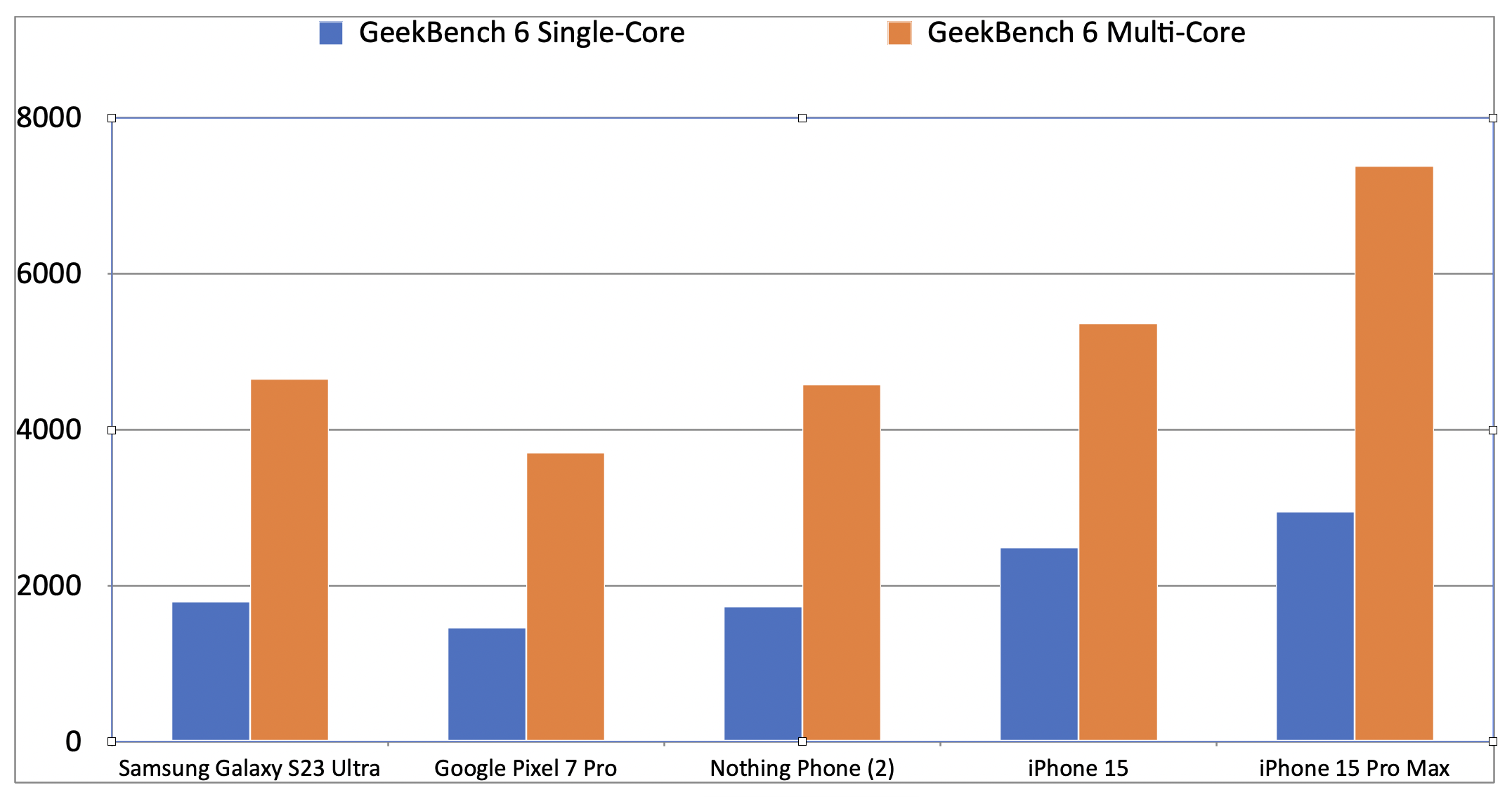
As you can see, the iPhone 15 beats even the best Android phones out there right now when it comes to performance. It certainly doesn’t reach the heights of the iPhone 15 Pro devices, however.
iPhone 15 battery and charging
The biggest change to the battery on the iPhone is how you actually charge it. Not only does the iPhone 15 support Apple’s MagSafe and Qi wireless charging, but it also charges through the USB-C port on the bottom. I’ve found this to be hugely convenient. I review all kinds of USB-C-equipped devices, and being able to charge them all with the same cable is a big advantage. I am looking forward to the time when Apple’s Mac accessories and the AirPods Max get the new connector, though — it would put the final nail in the coffin of Lightning.
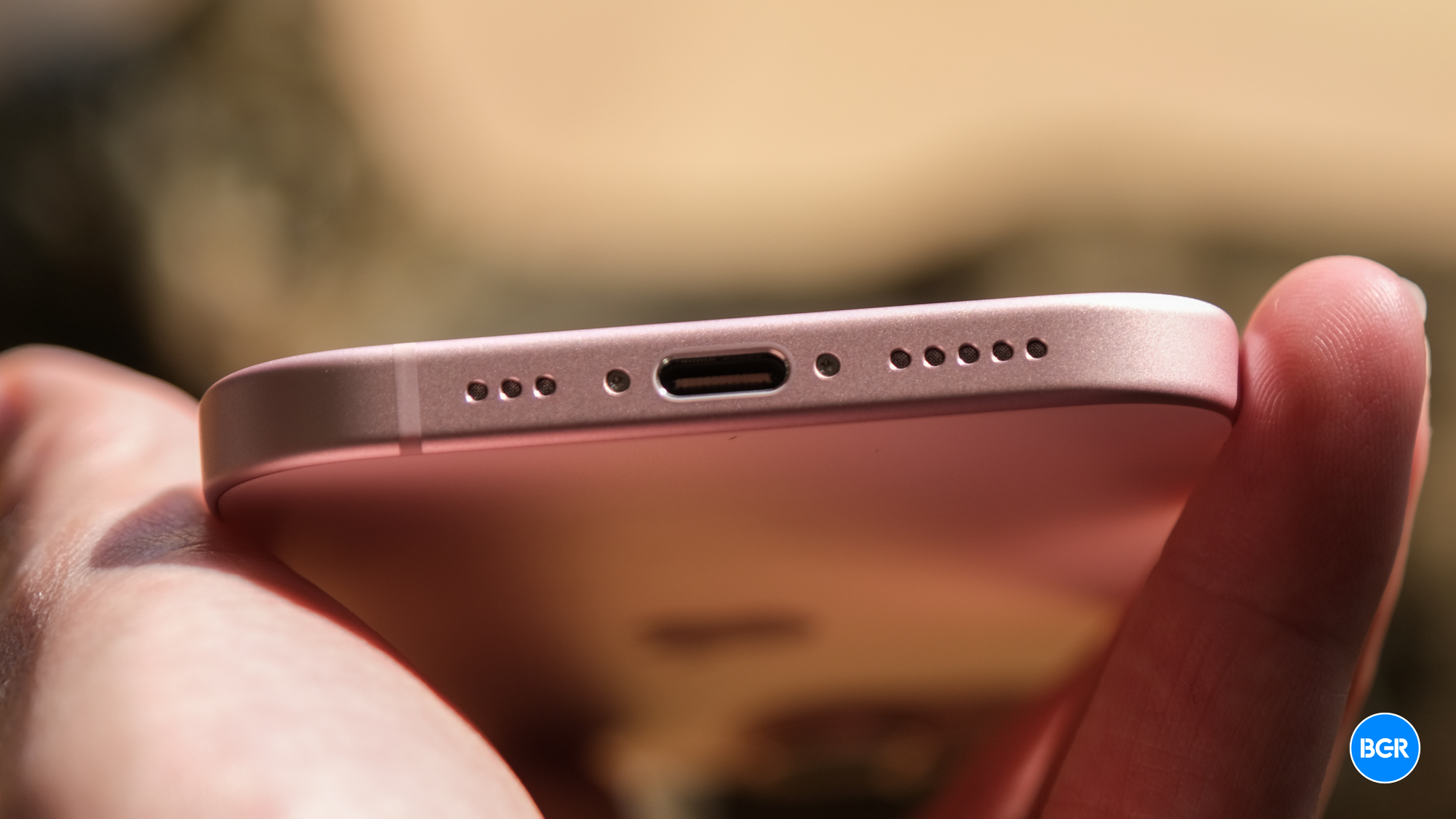 Image source: Christian de Looper for BGR
Image source: Christian de Looper for BGROther than that, the battery life on the iPhone 15 is about as good as on the iPhone 14. That’s to say, it’s fine, but not amazing. It’ll get you through a day of moderate use, but not much more. If you currently charge your phone at night, you’ll keep doing so with the iPhone 15.
iPhone 15 camera
The camera gets a bit of an upgrade on the iPhone 15, too. The iPhone 15 still has a dual camera array, like previous generation devices. New for the iPhone 15, however, is that the main camera is upgraded from 12 megapixels to 48 megapixels. Not only that, but Apple has upgraded the output of images from 12 megapixels to 24 megapixels, which should allow them to look more crisp on high resolutions screens, or in large prints, if that’s something that you ever use your photos for.
 Image source: Christian de Looper for BGR
Image source: Christian de Looper for BGRApple uses this for more than just higher resolution photos. The phone now has a 2x zoom mode that essentially crops the main sensor, producing images that are zoomed to 2x without a loss in image quality. Sure, the lens doesn’t actually physically zoom, and there’s no zoom lens on the back, but the results are the same — a tighter framing of the image overall. It’s a neat trick, and the images produced through this mode look great.
Almost all photos taken with the iPhone 15 look great. The iPhone has long offered among the most consistent phone cameras, and that remains true here. In well-lit environments, images are vibrant and detailed, anywhere up to 3x zoom, which does introduce some digital zoom. Even images zoomed further than that, while slightly degraded, still don’t look bad. And the phone can capture pretty good low-light shots, too.
You can push the iPhone 15 camera to its limits and create situations where images won’t be great. At extreme zoom levels, you’ll get a pretty poor image, and if you combine digital zoom with low light, don’t expect much. But in 95% of situations, the iPhone 15’s camera looks great.
Conclusions
The iPhone 15 may not represent a massive shift in iPhone development, but it does improve on many aspects of using the phone. The camera is better, the screen is brighter, the phone is more comfortable to hold, and it can finally charge through USB-C.
Even when summed, it’s probably not worth upgrading from an iPhone 14 — but if you have an older device, you’ll get some solid improvements in the iPhone 15.
The competition
Let’s be honest — most users aren’t switching operating systems these days. If you are considering switching, it’s worth noting that the iPhone 15 performs better than any Android phone out there right now. However, while the camera is great, it lacks a telephoto lens, which many similarly priced Android phones have. You should stick with the operating system that you find to be more helpful for your needs.
You may also be considering the iPhone 15, or the iPhone 15 Plus or 15 Pro. The iPhone 15 Plus is more or less the same as the iPhone 15 but…bigger. So, if you want a bit of extra screen, the 15 Plus is worth buying. Even more worth buying is the iPhone 15 Pro, though — it has a better processor, telephoto camera, the new Action Button, USB 3.0 speeds, and more. These are some serious upgrades, and if you can stretch your budget, it may be worth doing so.
Should I buy the iPhone 15?
Yes. It’s an excellent phone.

